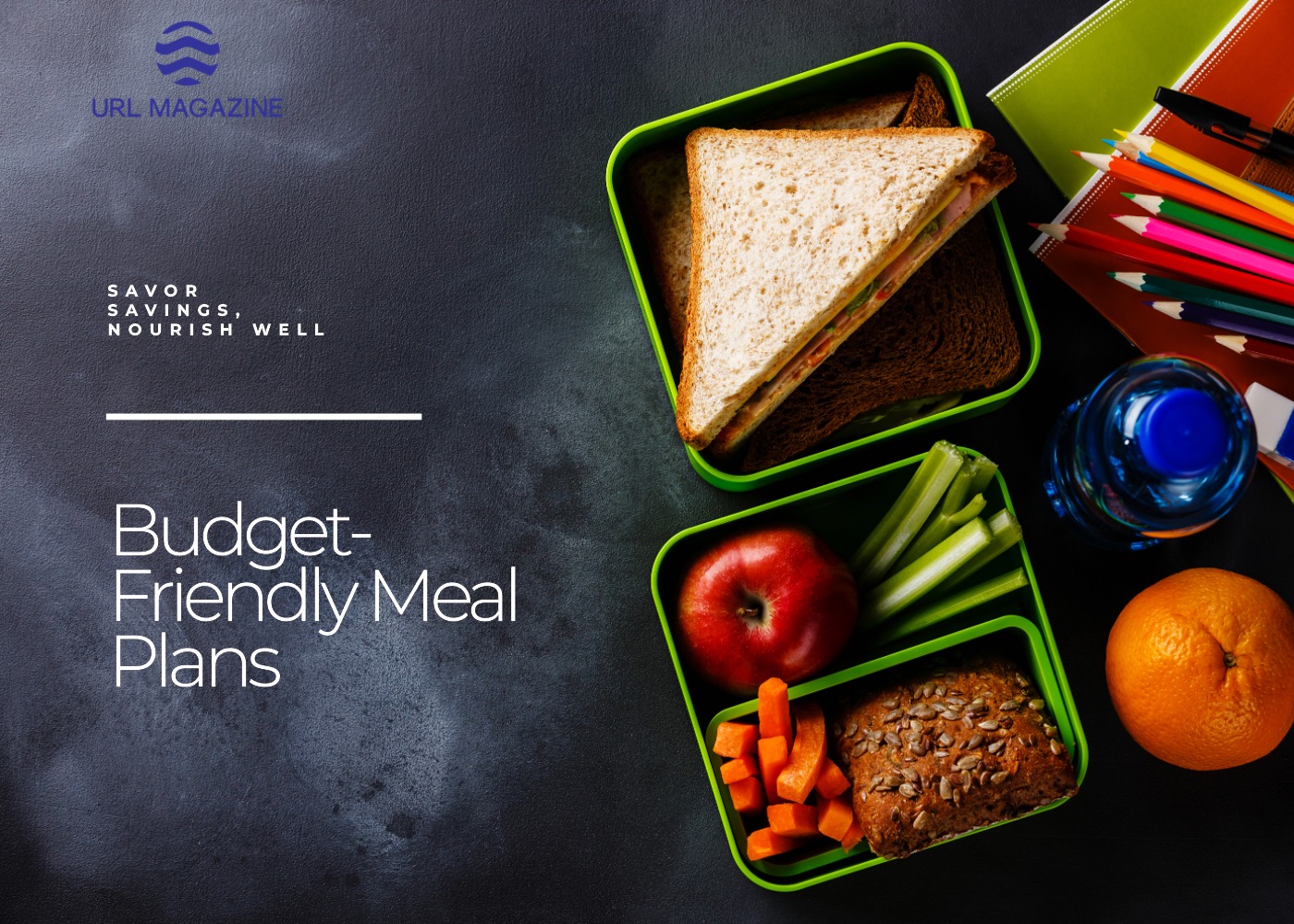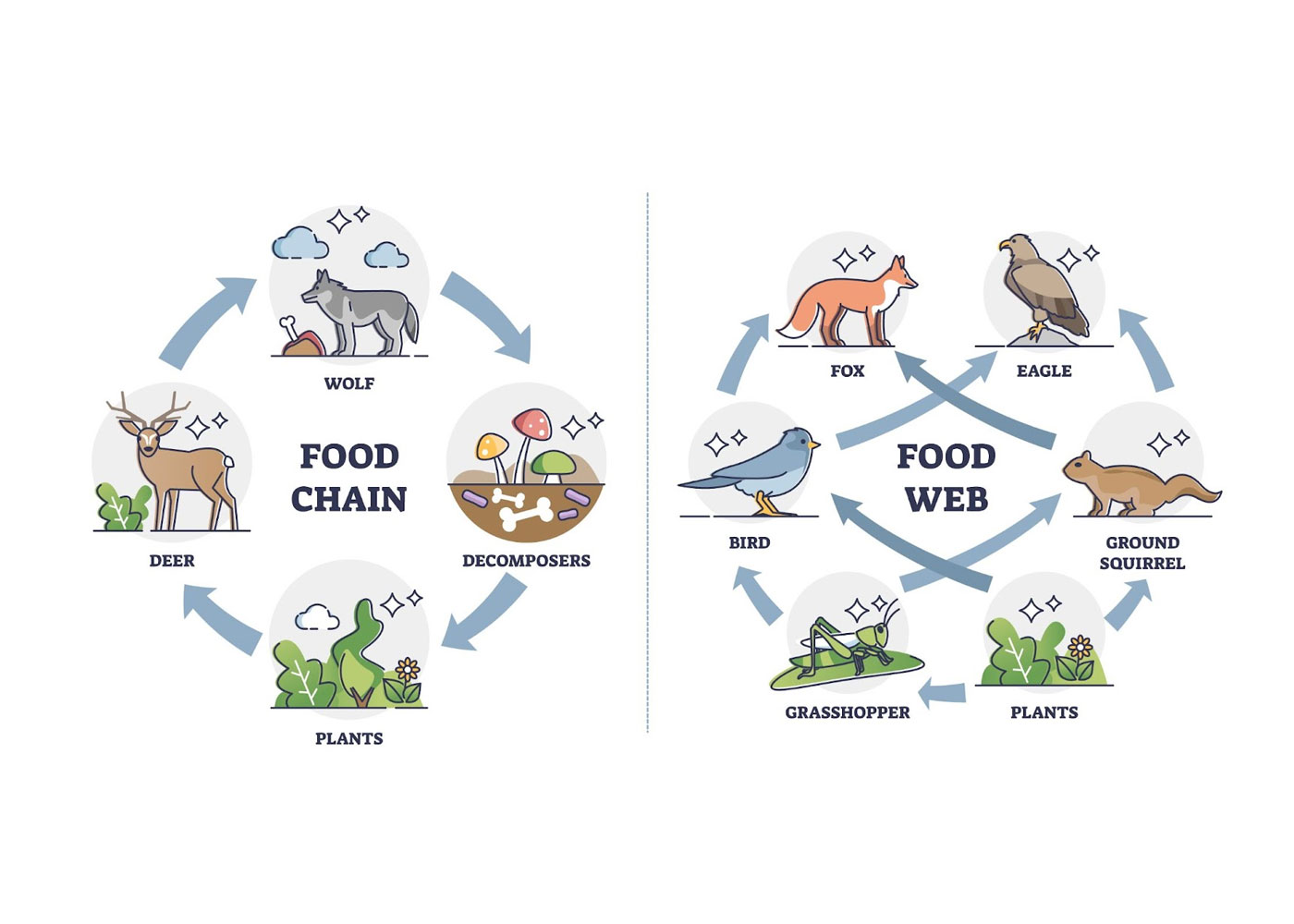Affordable expenses are needed for healthy eating. In common
perception, nutritious food will kill your wallet whilst the real way helps you
to get cheap healthy meals without decimating your bankroll. Budget meal planning is choosing the best foods, wasting as little as possible and getting
the most for your grocery store shopping dollars.
Along with escalating grocery expenses, people who want
inexpensive meal preparation solutions that give top priority to health also
exist. There are simple ways to cook healthful meals without spending much
money, and by utilizing planned meals and smart shopping with money-saving
cookbook recipes you can do just that without wrecking your bank account. With
this guide, you will get helpful information about mid-term food preparation
approaches, frugal food dish examples along with low-cost food store
organization strategies that can help you achieve nutritional balance and
cost-effectiveness.
Step 1: Plan to Cut Costs
- Set a Weekly Meal Plan which will cover your daily breakfast
lunch and dinner. Thus, making a schedule allows one to practice spontaneous
shopping less and reduces the amount of food waste.
- Using the items you have in your pantry above and beyond buy
even more. Fermented rice beans and canned items from your pantry supplies make
your meal.
- Write down only items needed, and stick to a Budget Grocery
List by resisting the excess purchases that over-increase your bill amounts.
- When you buy bulk quantities of grains and frozen vegetables
you will cut down the costs considerably with the bonus of having nuts with
you.

Step 2: Choose Budget-Friendly Ingredients
Therefore, in your healthy dining budget-friendly practice
you need to choose the least healthy food ingredients so that you can fill your
healthy meal recipe. Consider these budget-friendly options:
- The brown rice whole wheat pasta and oats, as far as
affordability and versatility go, are included in this category of affordable
grains.
- At a good economic price, you get protein and fiber content
with lentils together with chickpeas and black beans.
- It enables you to buy produce when it’s in season since by
doing this you can purchase cheaper, fresher produce.
- Canned fish and eggs, along with them worked as two
different dishes.
- Frozen vegetables are that they are extremely nutritious
like fresh vegetables, comparable in value, and retain quality longer.
Step 3: Cook in Batches and Repurpose Leftovers
- Once you have prepared your meals properly, you have to
follow smart budget cooking’s strategic procedures. If you batch cook, your
time will be maximized as you will just be having ready meals each time you
need to eat fast.
- Before you make food, it is usually better to make large
amounts that you can store in the refrigerator or the freezer.
- Dinner is a whole roasted chicken, then, multiple meals
include sandwiches, and soup and salad combinations, from the roasted chicken.
- Other than using leftovers from previous stir fry dishes,
making burrito stuffing out of it is good in today’s meals. It helps minimise
wastage of food and also provides a new culinary enjoyment by converting it
into different dishes.

Step 4: Embrace Simple and Money-Saving Recipes
There is no sacrifice when it comes to taste quality when
pursuing affordable healthy meals. The recipes offer nutritious food on a
reasonable financial basis.
- The Vegetable Stir-Fry, which includes in-season vegetables,
flavored with soy or garlic dressing, is a quick one.
- Also, hearty protein-rich lentil soup is low-cost and rich
in fiber.
- People can prepare this cost-efficient nutritious breakfast
option of Oatmeal with Fruit easily.
- Rice and Beans as a product is found across various cultures
because it is a product that provides protein and carbohydrate nutrition in
what is affordable price ranges.
- To make your homemade wraps whole wheat tortillas, filling
with eggs along with beans or roasted vegetables from other meals.
Step 5: Smart Grocery Shopping for Maximum Savings
Where the beginning and the end are very important is how
prepared you are for your grocery shopping trip. Keep these tips in mind:
- Shop from the list to help follow your meal plan so as not
to buy things on impulse.
- It is important to learn unit prices to understand the
actual costs.
- If you want to save the extra buck, then you should think of
buying store-branded items as they are equally good as the branded items
provided you do not pay more.
- Multiple ways to save more money through discount and coupon
programs.
- When it comes to the purchase of fresh produce, compared to
other stores, local farmers’ markets and discount stores understand better how
to offer their deals.
Conclusion
Healthy eating does not need to be deprived, it is about
selecting more favourable alternatives in place of budget-unfriendly eating.
Economical cooking skills go hand in hand with strategic shopping choices with
mental readiness. By including affordable and healthy meal planning as well as
economical healthy recipes and tested meal planning strategies, budgeting
healthy and economical dietary ways will be made possible.
The key takeaways? When selecting inexpensive ingredients
and making large cooking batches and taking smart shopping practices, you
should create plans ahead of time. How to use these methods will support your
affordable meal plans for both your health goals and your financial needs.
Preparing smart eating means imaginative, careful preparation, not an expensive
one.
If you wish to contribute to our blog, please email us on morhadotsan@gmail.com.






















